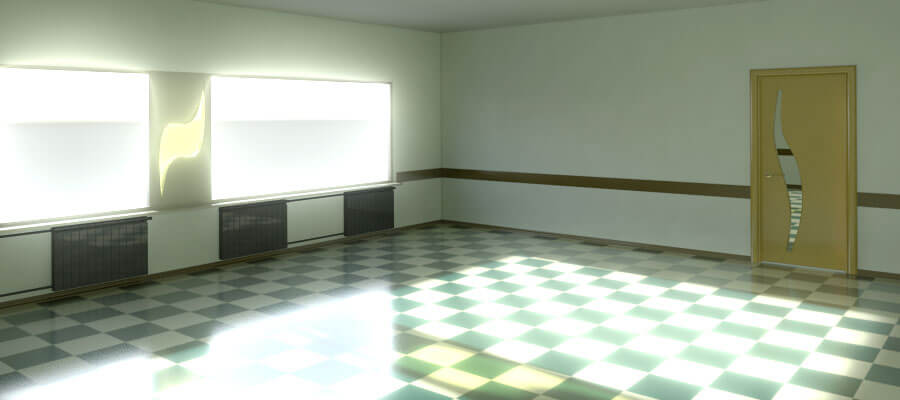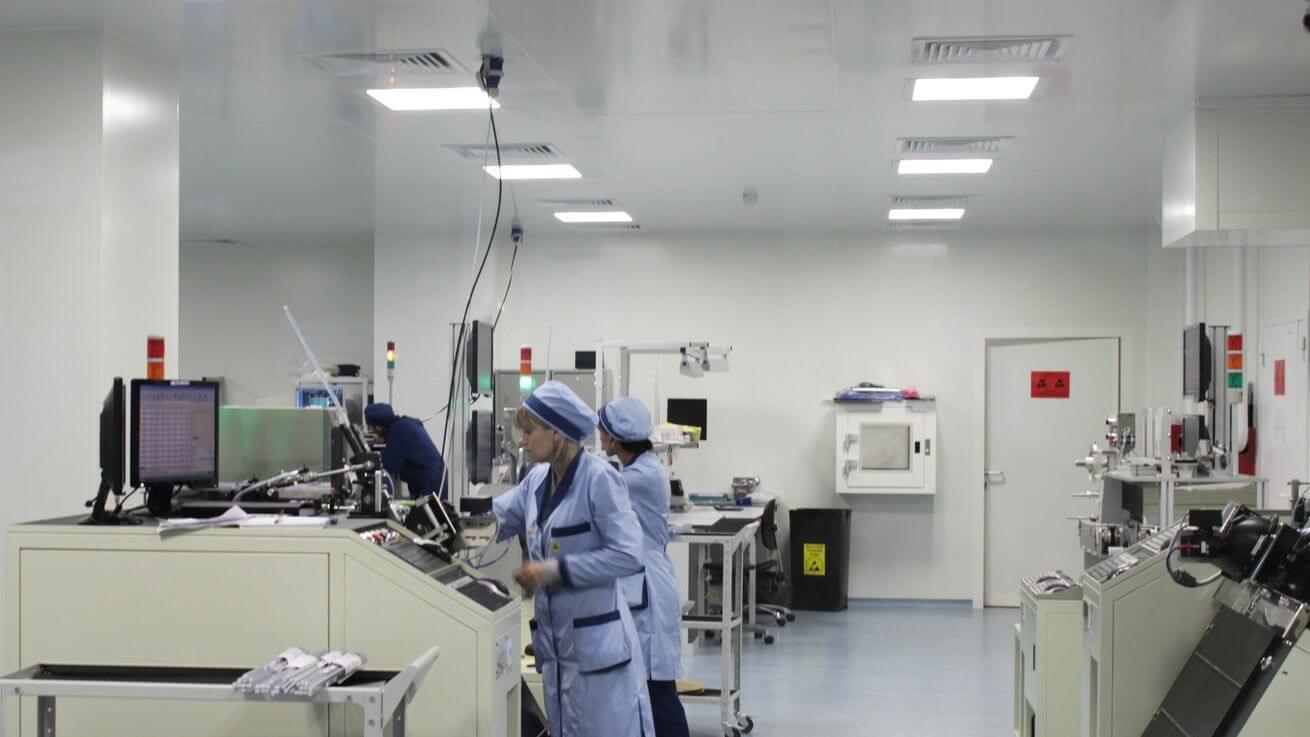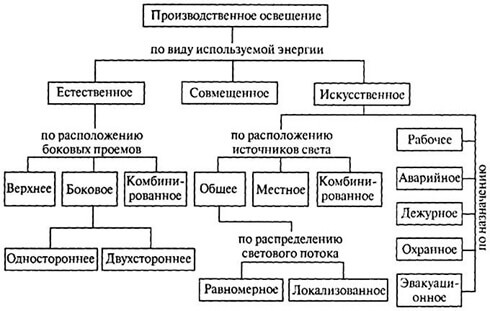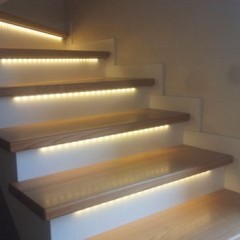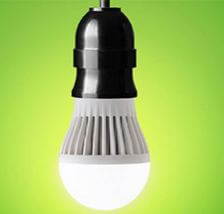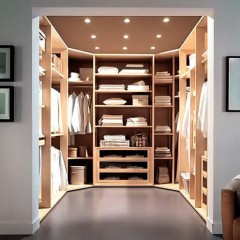What types of lighting are there?
By light source
First of all, lighting is divided into artificial and natural, which in our opinion is the most important indicator. The natural source of light is, of course, the sun's rays, which penetrate into the room through window openings and other structural solutions. In turn, natural lighting can be divided into such systems:
- Lateral when light passes through windows in the walls.
- Upper - light passes through glazed coatings or technological openings.
- Combined - the room is illuminated by windows and upper openings.
It should be noted that this type of lighting is the main one and in rooms where people spend most of the time, natural light must necessarily prevail. If for some reason it is not possible to create openings for the penetration of sunlight, artificial lighting is additionally organized, which is divided into the following systems:
- General - lamps evenly illuminate the entire area of the room.
- Local - additional highlighting of important objects, for example, a workplace.
- Combined - a combination of general + local or natural + artificial can be used.
Also, according to the light source, lighting can be divided into such special types as luminescent, LED and halogen. Learn more about light sources You can in our corresponding section of the site.
By appointment
If we talk about how the types of electric lighting are divided according to their functional purpose, then first of all it is necessary to conditionally include such a nuance as the scope. Today it is customary to consider types of lighting in production, in the interior and on the street. Just on in relation to these objects and perform the separation.
Production
In a production environment, lighting can be:
- Working - is used to ensure normal, and most importantly safe working conditions for personnel in the enterprise.
- Emergency - designed to maintain minimal illumination at the time of the accident, if the light is turned off can lead to dangerous situations (explosion, fire, etc.). According to the standards, the illumination created by emergency lights should not be lower than 5% or 2 Lux in the building or 1 Lux on the street.
- Evacuation - the name of the species speaks for itself, use evacuation lighting in order to evacuate personnel to a safe area.Illumination in this case should not be less than 0.5 Lux in the room and 0.2 Lux in the open area.
- Security - used to protect the territory, should not be less than 0.5 Lux.
- The duty officer is a subset of the security system. For the functioning of the emergency lighting, some of the lamps used for working or emergency lighting are used to ensure minimum illumination in the protected area, as well as in places where the company is on duty.
Briefly but intelligibly all these points were considered at the presentation:
House and apartment
As for the interior, in the house and apartment there are two main types of lighting: natural and artificial. Natural light in residential premises can be side, top or combined, as we have already talked about. But as for the artificial, in this case it is customary to divide it into the following systems:
- General, or as it is also called, is basic. It is carried out by installing ceiling lights that evenly illuminate the entire room.
- Local (functional) - used for local illumination of some objects, for example, a working area in the kitchen, a desk in a nursery or a mirror in the bathroom. For local lighting, wall sconces, floor lamps, table lamps and spotlights that emit bright directional light are used.
- Decorative. This type of lighting in the interior is intended for additional decoration of rooms and individual objects. As an option - illumination of paintings, the perimeter of the ceiling (LED strip), etc. To the festive also applies.
You can learn more about the light in the interior from this video:
Garden
In the garden, varieties of lighting are very similar to those that are customary to organize in the interior. So, for its intended purpose, street lighting is divided into the following types:
- General (functional). Designed for safe movement around the yard. This includes the illumination of paths, the porch of a private house, steps, as well as garden buildings (chicken coop, garage, hozblok).
- Security. It is used to protect a personal plot and the country house from ill-wishers. For external protection of the territory, they organize the illumination of the entire perimeter of the site, parking, the main entrance to the dwelling and other important zones.
- Decorative. Most often used in landscape design in order to decorate the appearance of the territory. For decorative lighting on the street create illumination of artificial reservoirs, small architectural forms, fountains, etc. Also here can be attributed architectural lighting of building facades, which is a modern and very popular solution today.
- Festive. With the help of electric garlands and pendant lights, trees, the facade of the house and even a fence are decorated for a while. As a rule, holiday lights are used for the New Year and other holidays.
Well, of course, we provide for viewing a useful video on the topic:
These are all types and lighting systems that are used today. As you can see, the classification is quite ramified, so it increasingly depends on the purpose and scope of the fixtures!
It will be useful to read:

